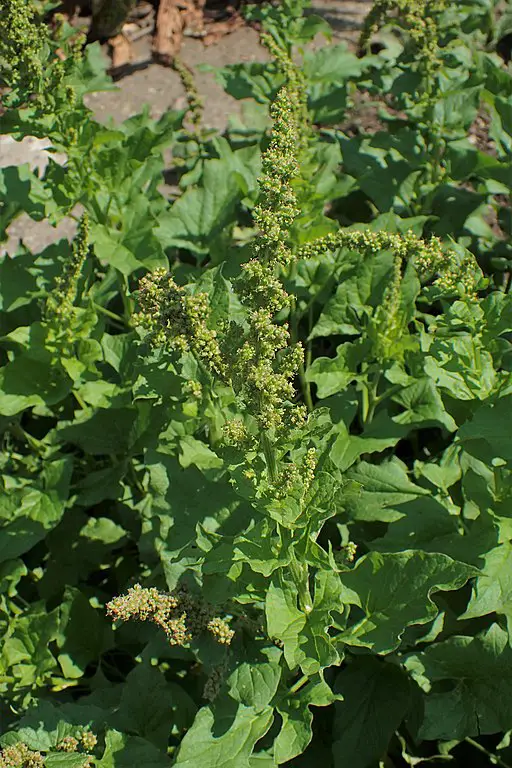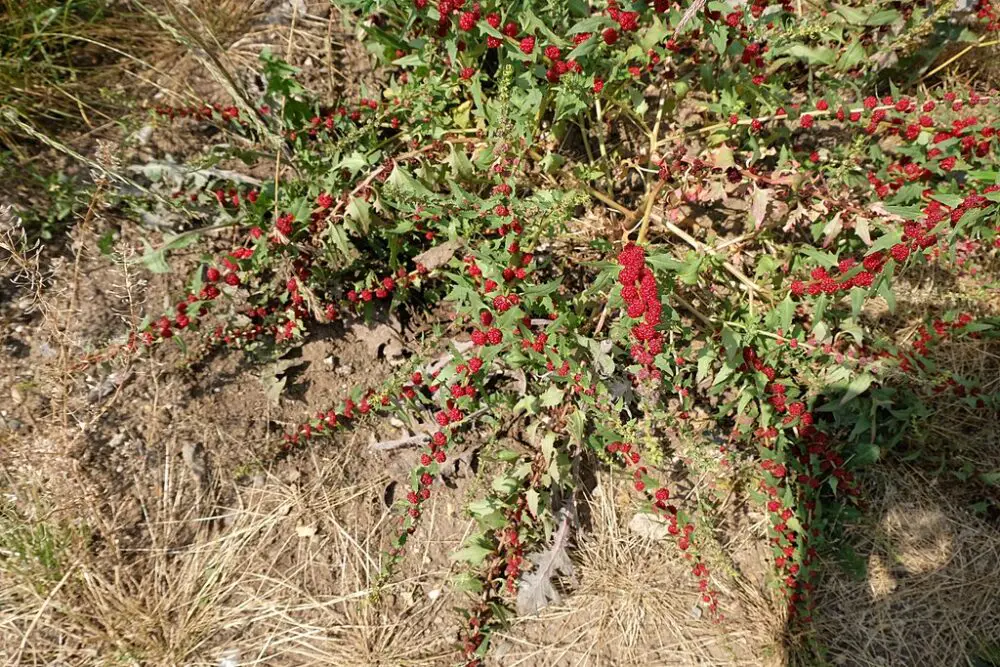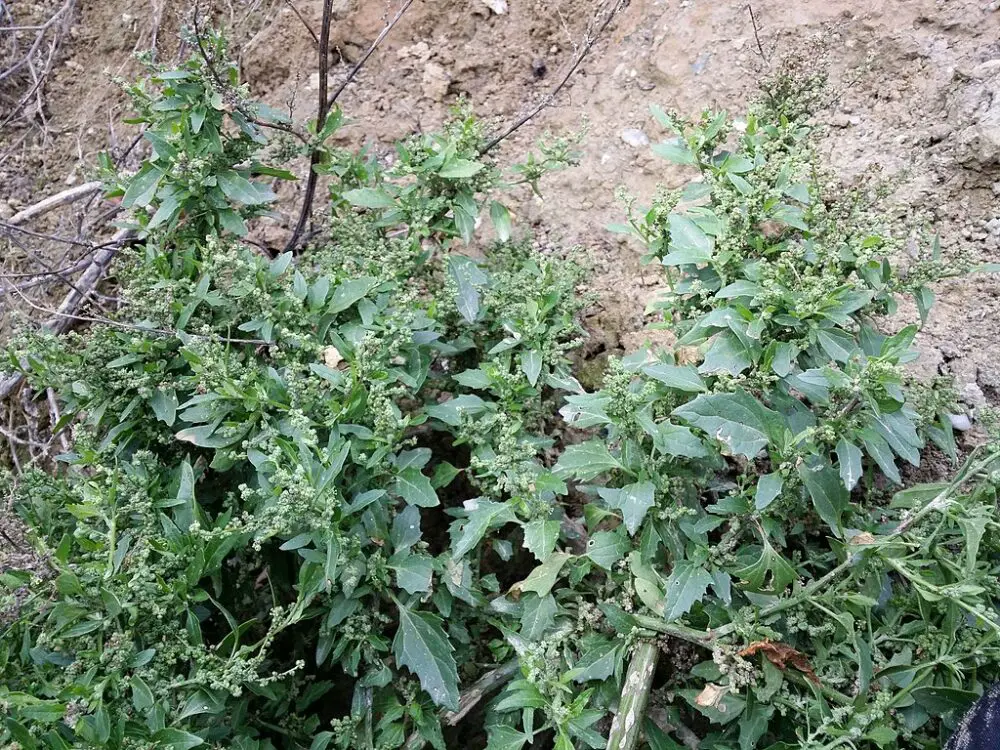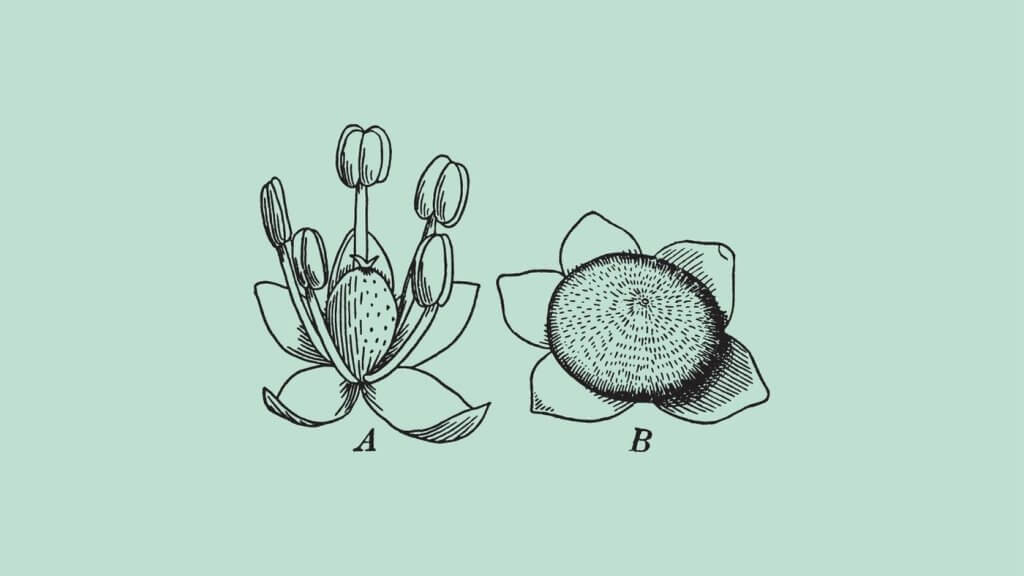If you have noticed a plant with leaves that resemble a goose’s foot, you’ve likely come across Chenopodium, also known as a goosefoot plant. The most popular edible varieties include good king henry, quinoa, leafy goosefoot, lambsquarters, and nettle-leaf goosefoot.
Their ability to grow in many climates and soils makes them easy to find, surprisingly delicious, and nutritious.
Evidence shows that this plant has been used, consumed, and grown for the past 8,000 years (2,000 years in North America).
While it seems that all Chenopodium plants are edible, some are tastier than others. Continue reading to learn about the most popular varieties.
What Are You Foraging For Right Now?
We're thrilled to hear your ideas. What would you like to submit today? Feel free to share your thoughts and experiences with us.
The most popular edible varieties of goosefoot
From the Amaranthaceae family, Chenopodiaceae subfamily, and the genus Chenopodium, this wild plant has been popular since approximately 6,500 BC, likely longer. Traditionally, there are about 170 varieties of plants in the Chenopodium genus.
While many Chenopodium plants are native to Eurasia, some are also native to North America, from Canada to Mexico. The Chenopodium quinoa is a native plant to the Andean region in South America.
Some of the most popular edible varieties include:
- Blitum bonus henricus, also known as good king henry
- Chenopodium quinoa, more commonly referred to only as quinoa
- Chenopodium foliosum, also known as leafy goosefoot
- Chenopodium album, also known as white goosefoot, pigweed, lambsquarters, and fat hen
- Chenopodium murale, also known as nettle-leaf goosefoot

Goosefoot Plants: Facts and Nutrition
Good king henry will possibly be moved to the Spinacia genus soon. After molecular research, it seems to be more closely related to true spinach than the other goosefoot plants mentioned here.
It is especially high in vitamins B and C, calcium, and iron. Some researchers say that it is healthier than typical spinach.
Quinoa is high in antioxidants, fiber, iron, and vitamin B6. Perhaps you have heard about the quinoa controversy. The problem is that, in the US, this seed gained popularity shockingly fast.
Eventually, South American farmers, and other locals who lived off of the seed, could not afford to eat it anymore.
In turn, they began to buy less nutritious foods and experience health declines. Aside from that, cultivation is becoming less and less sustainable each year.
Leafy goosefoot is a hermaphrodite plant and is pollinated by the wind. The plant has red berries that resemble a blend of strawberries and raspberries. It is especially high in vitamin C and low in carbohydrates.
Lambsquarters is the fastest growing variety of Chenopodium, also making it one of the most common and popular.
You can identify lambsquarters by the white, powdery substance on the underside of the leaves. Per 100 grams of leaves, it boasts about 19,000 IU of vitamin A.
Nettle-leaf goosefoot is more commonly thought of as a weed. Perhaps it is because this plant has the highest levels of oxalic acid, so cooking to leaves is highly advisable. This variety is known for being high in protein and fiber.
Goosefoot plants are closely related to garden beet, swiss chard, and spinach. Spinacia oleracea, also known as spinach, looks very similar to goosefoot but has a more rounded leaf with no hairs.
These three popular cousins also belong to the Amaranth family but in different genera.

Where to Find the Best Edible Goosefoot Plants
Plants from the goosefoot family are found in USDA hardiness zones 3 to 10. They grow well in full sun or partial shade. While rich, healthy soil is always ideal, this plant can grow in all soil conditions.
If you are looking to forage and eat the plant, collect it from a clean area that is free of pollutants.
You will commonly find goosefoot plants growing in waste sites, overgrown fields, the edges of a forest, and gardens.
They especially like areas that have been dug up or disturbed. To the untrained eye, the plant looks like a weed.

How to Identify Goosefoot
With so many different varieties, there is not a one-size-fits-all answer, but in general, goosefoot:
- Blooms in fall and summer
- Has a stiff, striated stem that can be green, purple, tan, or red
- Has alternating green arrowhead or goose foot-shaped leaves that are 3-6 inches long and 1-3 inches wide
- Has insignificant inflorescence
- Is topped with light green or pink panicle spikes
- Has flowers that are 1/10 of an inch wide without petals
- Has five stamens and yellow anthers
- Leaves have a mealy coating from the tiny hairs

Foraging Tips
If you are foraging the leaves, it is best to seek out young leaves. Ideally, no flowers will have formed yet. Young leaves taste much better and fresher than matured plants.
Simply cut or pick the plant near the base. Once you’ve collected enough leaves, wash them thoroughly.
If you are foraging the seeds, you will want to find mature plants where the flowers are brown.
Pick or cut the head of the plant and hang it upside down to dry out. Be sure to place a cloth underneath to catch the seeds as they fall out.
Again, once you’ve collected enough, you’ll want to sift through them, separate the chaff, and then wash or soak the seeds.

Medicinal Properties of Goosefoot
With such a long history, this plant has been used to treat various medical ailments.
Chenopodium has been used:
- As a blood purifier
- As an antiscorbutic laxative
- To treat stomach disorders, including worms
- As a contraceptive
- To treat and prevent headaches and tooth decay
- As a poultice to treat burns
Depending on which issue you are treating, you might make a decoction. The decoction can be drunk, inhaled through steam, or used externally.
You can also use the leaves to dress a wound or simply eat the plant to reap its benefits.
How to Use Goosefoot Plants in the Kitchen
Ask any caterpillar, and they’ll tell you the leaves are delicious raw. However, most human stomachs can’t digest saponin and oxalic acid so easily. For that reason, most people recommend cooking the leaves before consuming them.
All five of the options I have mentioned can be eaten similarly. The leaves can be sauteed, steamed, or cooked the same way as spinach. The stalks can be cooked down and eaten like green beans or asparagus. The seeds of the plants can be ground down and used as flour, though it requires a lot of seeds.
In addition, the seeds from the quinoa variety can be used as, you guessed it, quinoa. Quinoa is used like a grain and is a great option for people with gluten intolerance.
The fruit from leafy goosefoot is pink and has a mildly sweet flavor. Soak the fruit and add it to salads, smoothies, and more.
Now that you know how to spot this so-called weed, you will notice it everywhere. Once you have correctly identified the plant, forage it, bring it home, wash it, and cook it. With the cost of groceries on the rise, your wallet will thank you.
It is worth noting that Syngonium podophyllum also uses the common name of goosefoot. However, it belongs to the Araceae family and is poisonous.
Originally from Florida, but with a lust for travel, Sami has found herself in many remote areas with little-to-no access to traditional medicines. Since 2014, she has been experimenting with natural remedies, eastern medicine, and foraging. She believes that the Earth provides us with everything we need to live, heal, and cure.

